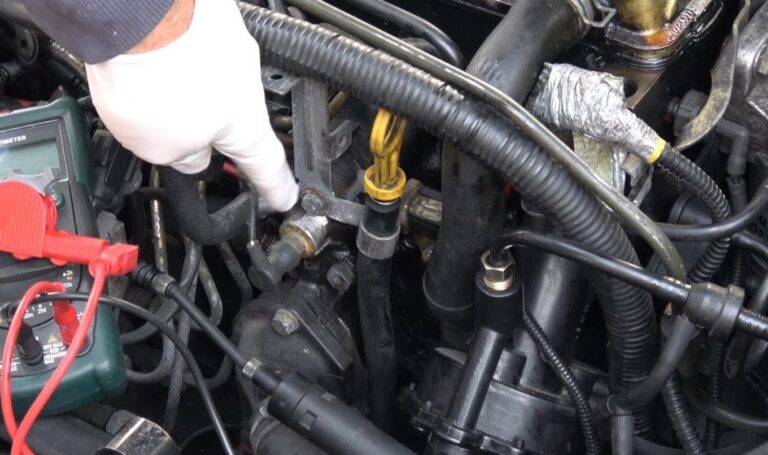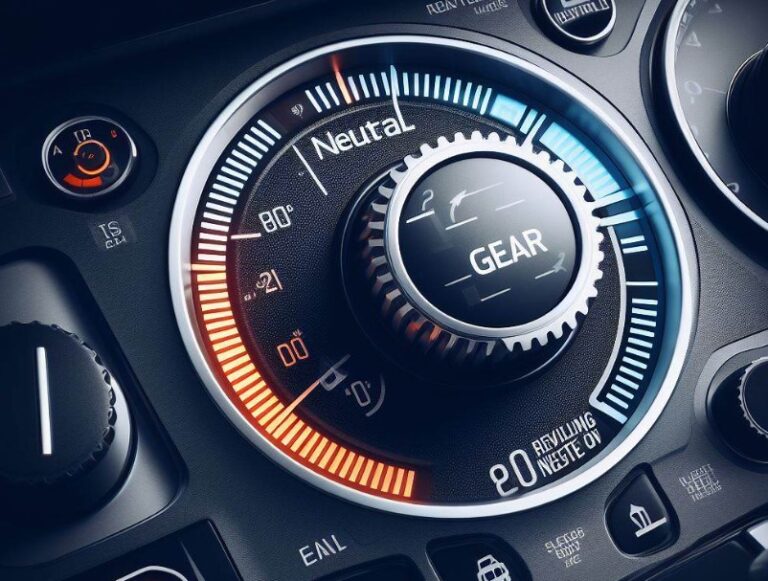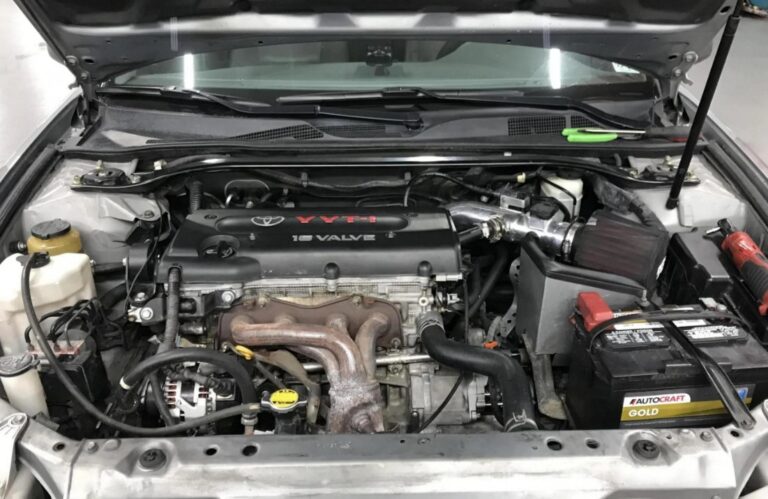How To Fix Low Compression On A Jet Ski? Process Guide
The first thing you might assume when you take your jet ski out for a spin and discover that it’s not functioning as well as it once did is that the engine is broken. However, before you start disassembling your jet ski, check the compression.
If it’s slow, it needs some basic maintenance to get it moving again. This blog post may teach you how to fix low compression on a jet ski. Read on to learn How To Fix Low Compression On A Jet Ski?
Table of Contents
How To Fix Low Compression On A Jet Ski?
A jet ski can have low compression fixed in several methods, such as changing the worn piston rings, adjusting or replacing the valves, or rebuilding the cylinder head. What initially caused the low compression will determine your plan of action.

What Prevents Compression, And Why?
After confirming low compression, let’s investigate the potential causes of this problem:
Used Piston Rings
Piston rings may deteriorate over time, enabling compression to pass through. You’ll need to swap out the tarnished piston rings to solve this. Here is a quick summary of the procedure:
- Remove the piston and the cylinder head.
- Ensure proper location and alignment by replacing the piston rings with new ones.
- Reassemble the engine parts with care, adhering to the manufacturer’s instructions.
Valve Damage
Burnt or bent valves might compromise compression levels. You should examine the valves to see if they require cleaning, adjusting, or replacing, depending on the extent of the damage.
- The valves are reseated by rubbing them against the corresponding seats using the grinding compound.
- Make sure the damaged valves are correctly seated and replace them if necessary.
Cylinder Head Issues
Low compression can be caused by issues with the cylinder head gasket or its mating surfaces. You may fix this by:
- Checking the cylinder head for any obvious dents or warping.
- Make that the cylinder head and block are properly sealed by replacing the head gasket.
- Follow a precise tightening order to torque the cylinder head bolts to the manufacturer’s requirements.
You’ll be well on your way to restoring the compression levels in your jet ski by taking care of the problems above. Remember to consult the manufacturer’s recommendations and service manuals for comprehensive information specific to the brand and model of your jet ski.
Additional Steps To Improve Jet Ski Compression
You may take additional measures to maintain ideal compression levels, even if addressing the underlying reasons for low compression is essential.
Regular Maintenance
Stick to the manufacturer’s suggested maintenance schedule, which includes spark plug checks, air filter replacements, and oil changes.
Consider Utilizing Fuel Additives
Consider utilizing fuel additives created especially to remove carbon buildup and enhance engine performance. Minor compression problems may receive momentary alleviation from these additions. I’ve prepared a detailed essay on my preferred fuel additives here if you’re interested in learning more about all the advantages of additives and the ones I prefer to use.
Proper Storage
Be sure to winterize your jet ski before storing it for an extended time. The fuel system must be drained to avoid problems caused by ethanol, and a fuel stabilizer must be added.
What Is Low Compression On Jet Ski?
An oil-level problem or an unclean engine typically brings on a jet ski’s low compression. The engine is the first thing you should check if your jet ski isn’t operating as it should be. Make sure it’s clean. If it’s not, thoroughly clean it. You can clean it up with a garden hose or a brush.
The next step is to check the oil levels to see if the engine is clean but the compression is still low. If they’re low, add some oil once more until they reach the proper level. Once you’ve finished, could you turn on the jet ski to test it? You might be dealing with a more serious problem if it’s still not functioning properly.

If the compression is sound, but the jet ski isn’t operating as it should, look for any damage or obstructions in the fuel line and throttle cable. Additionally, confirm that the spark plugs are firing properly and that the gas tank is dry. Before using the jet ski once more, get any damage repaired.
How To Determine If Your Jet Ski Has Low Compression?
We must confirm that the problem is low compression before repairing. A compression tester is one of the tools and equipment you’ll need. Don’t worry; it’s more manageable than it seems, and you can get one on Amazon for less than $30. For a compression test, adhere to these easy steps:
- Remove all spark plugs and start with a cold engine.
- Glue the compression tester to the opening for the first spark plug.
- The engine should be started with the throttle fully open.
- Keep in mind the pressure measurement that is shown on the gauge.
- For each cylinder, carry out the procedure again and note the results.
Once you get the compression data, compare them to the requirements in the manufacturer’s manual for the specific jet ski model. If any cylinder considerably deviates from the advised range, you’ve discovered poor compression.
How Harmful Is Low Compression For Jet Ski?
The performance of a jet ski’s engine depends on various variables. For instance, an old or low-rated battery won’t generate enough voltage to start on its own. A filthy air filter that prevents oxygen from flowing through the tank may hinder your engine’s ability to operate continuously.
We are among the biggest US providers of aftermarket components. We have a large selection of top-notch OEM and aftermarket PWC parts from various brands. The compression level of your engine, which determines how smoothly and effectively it operates, is likely the most crucial element.
Everyone who enjoys cars or jet skis is aware of this. Some individuals still need clarification on why a low compression ratio is bad for a car’s overall performance. A low compression ratio may impact your engine’s output since it will require less air and fuel to burn the same fuel.
More emissions, less torque, and less power are also possible outcomes. If your compression level is too low, You’ll notice certain symptoms, such as rough idling, hard starting, and decreased gas mileage. In addition, the overall performance of the engine will be compromised.
For instance, if your ability to accelerate is reduced or you can’t accelerate as quickly up slopes or boat ramps. Even if the manufacturer’s warranty covers it, a car with a bad engine is typically thrown out after a few years because of its poor quality and mechanics.
Some Problems With Jet Ski Low Compression
Along with knowing how to cure low compression on a jet ski, it’s important to be aware of the typical problems with this element. The following are the most typical issues caused by poor compression in a jet ski:
Cracked Or Leaking Intake Gasket
If you notice bubbles on the water’s surface, the air is likely entering through an intake gasket leak or fracture, which is what’s causing your jet ski’s low compression.
To cure this issue, you must replace the intake gaskets and repair any cracks. What leads to poor jet ski compression? A leak or crack in the input gasket is the main cause of the jet ski’s poor compression.
Improper Installation Of The Air Filter Assembly
If your car has numerous air filter assembly problems, such as holes, cracks, and loose bolts, it may have been installed incorrectly. Check for any such potential problems to prevent more damage from occurring. If the top and bottom portions of the filter are improperly fastened, you can also encounter some assembly problems with air filters.
A Crankcase With Water
If you discover water in your crankcase, it’s conceivable that the breather hole is malfunctioning or has become blocked, which could be the root of your jet ski’s poor compression. You can solve this problem by removing any pollutants from the breather holes.
These impurities have the potential to cause corrosion inside the engine compartment if neglected for a long period, which will eventually lead to a complete system failure. Using a wire brush and an air cannon to remove all dirt and debris accumulated inside these holes is the best approach to cleaning them.
The most frequent causes of low compression on a jet ski are those mentioned above, and you should treat each of them appropriately to fix the problem. Additionally, while fixing or replacing any part, use new bolts since the old ones may not withstand the strain, resulting in additional damage and eventual system failure.
However, ensure the bolts are snug and secure before replacing any components. Spark plug fouling is another reason for low compression. Thus, it would help if you regularly cleaned the plugs to avoid it.
Conclusion
Low compression on a jet ski is a problem that is rather simple to address. You should be able to make your jet ski function smoothly again by following this article’s instructions. Have you used these techniques? Comment below and let us know how they worked for you. We appreciate you reading our article on How To Fix Low Compression On A Jet Ski?
Frequently Asked Questions
Does low engine compression have a fix?
100 PSI per cylinder is the ideal level for a healthy engine. A burst head gasket is the likely cause of low pressure in two adjacent cylinders. Replace the leaky part; whether it’s the piston, camshaft, piston ring, head gasket, or valves, if you find out, you have low compression.
How can engine compression be raised?
Changing the existing head gaskets is one of the simplest and most affordable ways to increase engine compression. For instance, using steel shim gaskets instead of conventional composition-style ones can marginally increase the compression ratio and decrease quench clearance.
Why do compression systems fail?
A leak in one or more cylinders brought on by typical engine wear and tear causes compression loss. Poor vehicle performance and misfiring might result from compression loss in one engine cylinder. Power output loss is an indicator of internal component wear.
Can low compression be a result of spark plugs?
However, if it is damaged, you must replace it. Low compression has several important causes, including a bad spark plug.

Welcome to the exhilarating world of Matt Rex, a professional car racer turned renowned vehicle enthusiast. Immerse yourself in his captivating blog as he shares heart-pounding adventures, expert reviews, and valuable insights on cars, trucks, jets, and more. Fuel your passion for speed and discover the beauty of vehicles through Matt’s engaging stories and meticulous expertise. Join the ever-growing community of enthusiasts who find inspiration and expert advice in Matt Rex’s blog—a digital hub where the thrill of speed meets the pursuit of knowledge.







